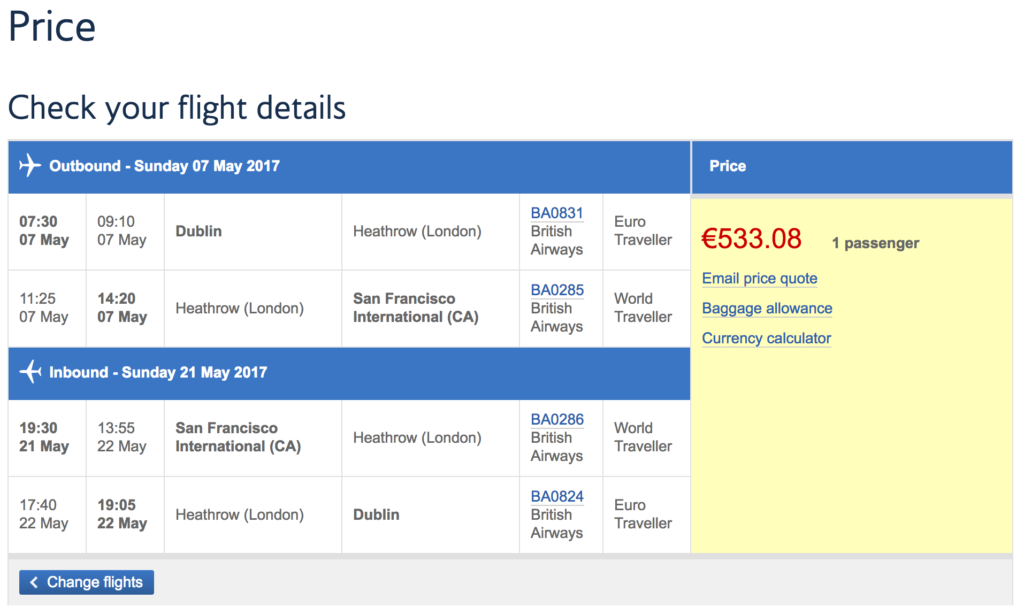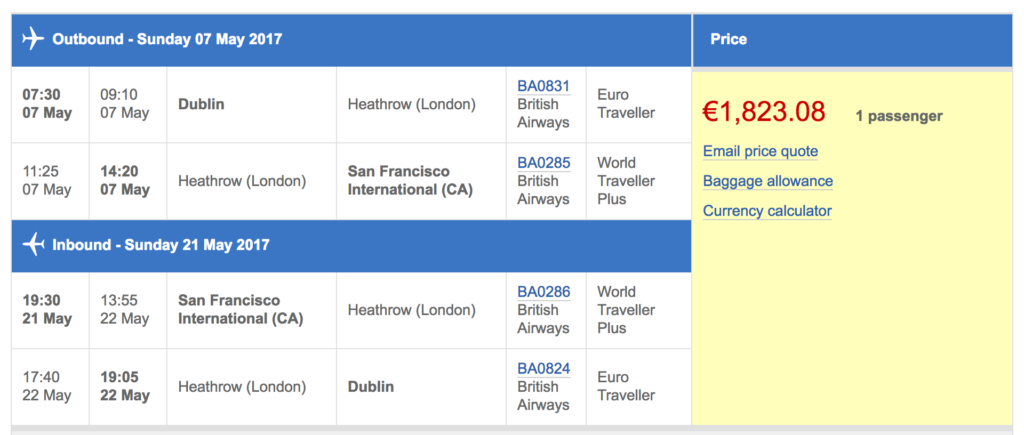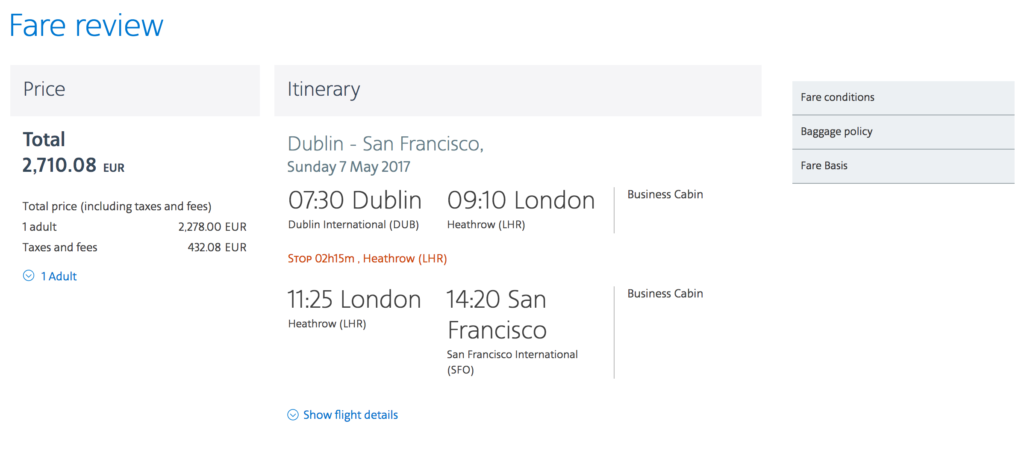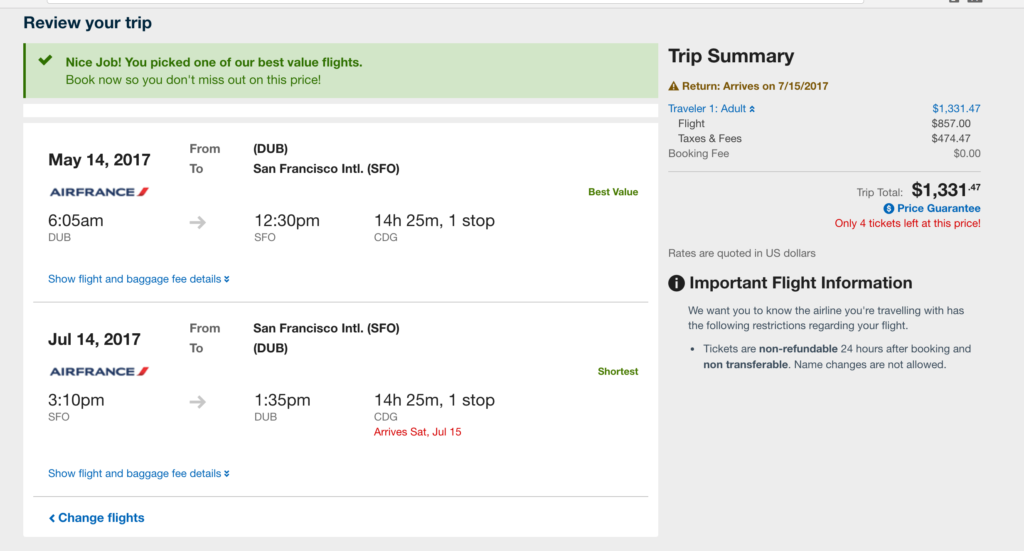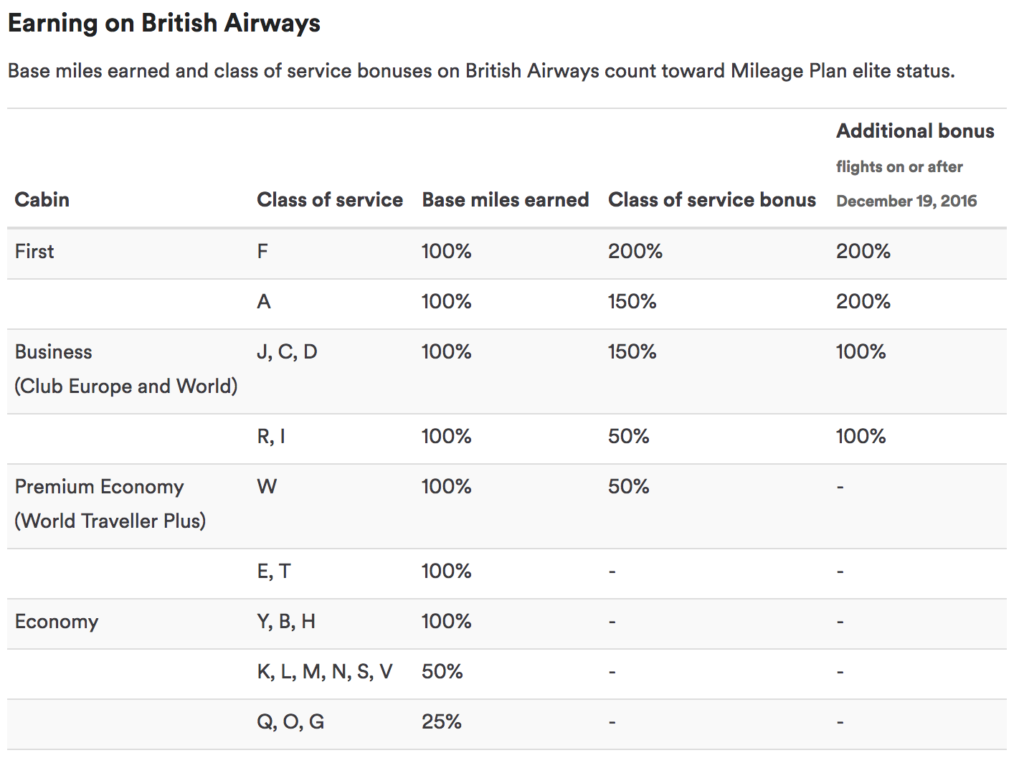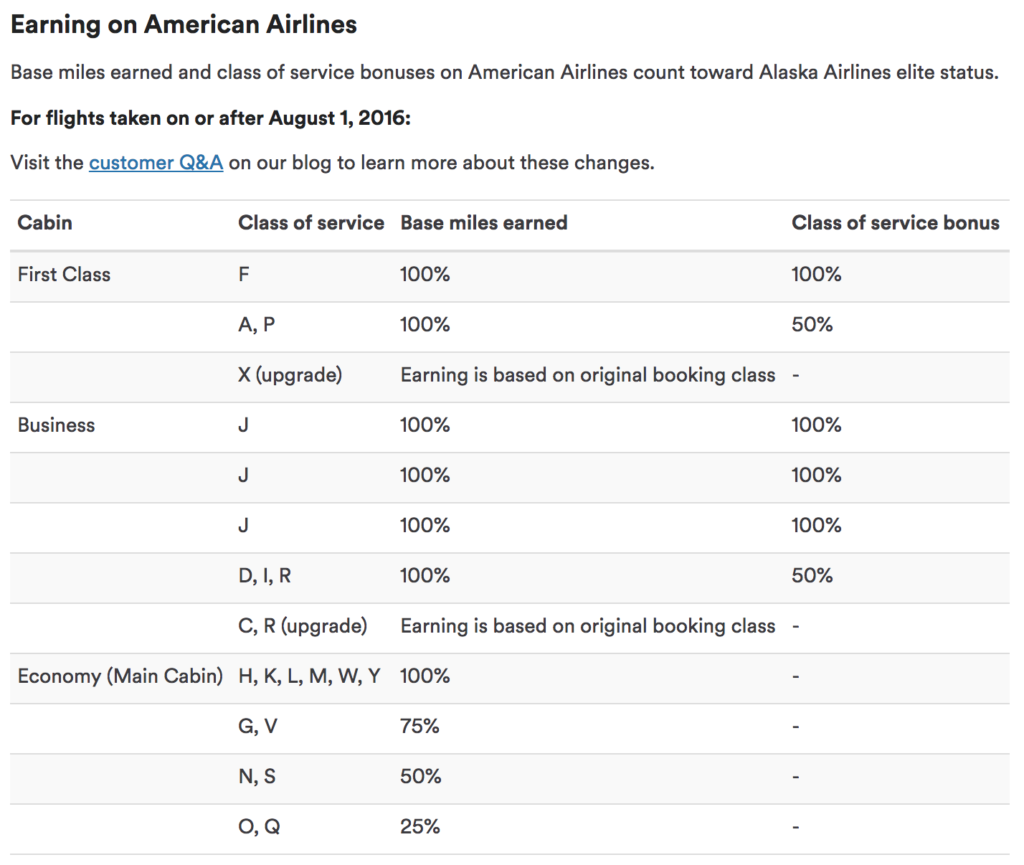Lately, cash prices to fly economy have gotten so cheap for international flights that points bookings are a terrible value proposition. At the same time, airlines are selling more and more business class seats at reduced cash rates relative to a few years ago, meaning award availability is more difficult on the routes that I want to fly. The options for someone loathe to pay cash for flights (and who mostly has fixed dates and locations in mind), therefore, have gotten fairly slim.
One of the ways in which I’ve begun to cope with the changing landscape has been to focus more on earning cash and cash equivalents (I like to call them ‘funny money’) like Flexperks, Chase Ultimate Rewards with a Chase Sapphire Reserve, Wells Fargo GoFar Rewards, Amex Membership Rewards redemptions through Amex Travel. This has largely suited me well, but it has left me without a clear plan as how to weigh their use versus the use of traditional points, or at least a plan with any greater specificity than “earn[ing] cash first, spend[ing] cash last.”
Table of Contents
Enter: Premium Economy
One of the interesting threads that I explore as I figured out how to book two of my five trips to Dublin was the value proposition of flying in premium economy, both to make up the comfort gap between coach and business class (perhaps making it easier for me to sleep on a redeye) as well as to take advantage of generally lower cash fares while maximizing the value of my traditional (non-funny money) airline miles.
Premium economy is a concept with which anyone outside the U.S. has been familiar for a long time but that first arrived domestically only recently after American Airlines announced it would be the first US-based carrier to offer Premium Economy as properly differentiated (hard and soft) product from coach (as opposed to the extra legroom seats and free booze you find in economy plus). Typically, you’ll have a small cabin between business and coach with a lower seat density (fewer seats per row), extra legroom, recline, and better meal service.
The extra width, even if it’s only 2″, would make a huge difference for me, and I can sleep in a reclining seat much better than I can a traditional coach seat (sometimes I won’t even lie flat on my business class flights).
However, the typical up charge puts it about halfway between economy and business class on most days, though sometimes it can drift significantly closer to business class fares when airlines have paid fare sales.
So is it worth it? There are a couple of angles I see here:
Fly one leg in premium economy and return in business, or fly one leg in economy and return in premium economy.
As I mentioned in my post about Dublin bookings, I don’t particularly mind flying in economy class in the westbound direction (Europe -> US), because the flight is typically during the daytime and the westbound jet lag doesn’t affect me all that much. It is much more important that, if I were to fly business class at all, it be on my outbound (redeye).
Premium economy could be a good way to reduce costs in the case where I only care about one of my legs being in a true premium cabin while still being cost-sensitive. Most European and Asian carriers make it fairly easy to do mixed cabin cash bookings, and the savings on the legs can be sometimes fairly sizable (this example comes from Iberia’s site):

The price difference between economy and premium economy is only $300, but it would cost another $850 to book into business class. I’ll pass.
Of course, this is predicated on your willingness to pay cash or to sit on the phone with Amex Travel, GoFar Rewards, or the like in order to get the exact flight combinations you want (OTAs won’t typically surface mixed-cabin bookings, but most such agencies can book the flights if they compose a valid itinerary). Alternatively, you could also use the same strategy in reverse, substituting economy for business class and flying premium economy on the flight you care about. That way, you could take a fairly cheap base fare ($600 round trip), and pay $300 to ‘upgrade’ your redeye instead of taking an expensive fare and ‘downgrading.’
Fly the Whole Trip in Premium Economy
British Airways and Air France offer two of the original and most well-rounded premium economy products, and frankly, they look pretty damn comfortable. So comfortable, in fact, that I nearly pulled the trigger on booking one.
I’ve always been scared away by Google Flights search results for premium economy, which often price out at $1800-$2200 for a round trip, because even paying for a British Airways award with all of their fuel surcharges can net out to a cheaper but more comfortable business class itinerary.
However, as I discovered a few days ago, different OTAs often surface different prices. Since Google only tends to aggregate from the airlines websites for premium cabins, you miss out on a lot of the special, incentive pricing given by OTAs. For example, when I searched Google Flights, a round-trip on Air France came up for $1,868. However, after running the same search on Orbitz, I found the exact same flight for $500 less:
The $350 per-leg up charge over economy (which prices at ~$600 round trip) is still a lot, but it’s an option that I would certainly consider if there were no business class award availability and I could book using funny money (in this case, I couldn’t — Flexperks used to use Orbitz as a search engine, but they recently switched :/, and Orbitz was the only OTA with the price this low).
One thing that does improve the value proposition of premium economy, however, is its (often significantly) higher mileage-earning than traditional economy. For example, when crediting a BA premium economy (W) fare to Alaska airlines, the (status) mileage earning is as good as a typical business class fare (D, I, R) on American Airlines:
For those who need extra miles for status or redemptions, discount premium economy fares can give you two to four times the mileage earning of discount economy fares (in the case above, the base mileage earning is two times higher, and status can often bump that by another 50% or 100%), so depending on the up charge, you might actually come out ahead relative to having booked an economy ticket.
“Cash and Points”
Conventional wisdom recommends never to book an upgrade award, since a) the upgrade awards cost as many miles as standard awards despite requiring the same fare class available and b) they come with fare restrictions that can cause a(n economy) ticket to double or triple in price.
Premium economy, however, has far fewer fare buckets and less price variation than vanilla economy (I make this claim anecdotally based on fare charts). [I can’t believe I’m saying this, but] The Points Guy has a great writeup on upgrading flights with miles, which can offer a way to seriously sweeten the price of a business class ticket on airlines like Cathay Pacific which have hefty cash prices, especially if you’re miles-poor and cash rich (lucky you 😉 ) but don’t feel like business class is normally worth paying for.
Conclusion
I feel conflicted. I wrote this post having come off of booking my first ever premium cabin with cash, as the idea of flying a non-coach cabin with any sort of regularity seemed perfectly normal. The truth is, I realize it’s not sustainable, and the past two posts have largely been an exercise in writing down and understanding the tradeoffs I’ve been making so that I can make better (informed) decisions down the line. To be fair, funny money drastically changes my value function due to price compression, so my decision-making now, while I’m single and can easily earn large chunks of miles, can afford to be very different than down the line when either one of those things changes. But still, it feels weird. Thoughts?


